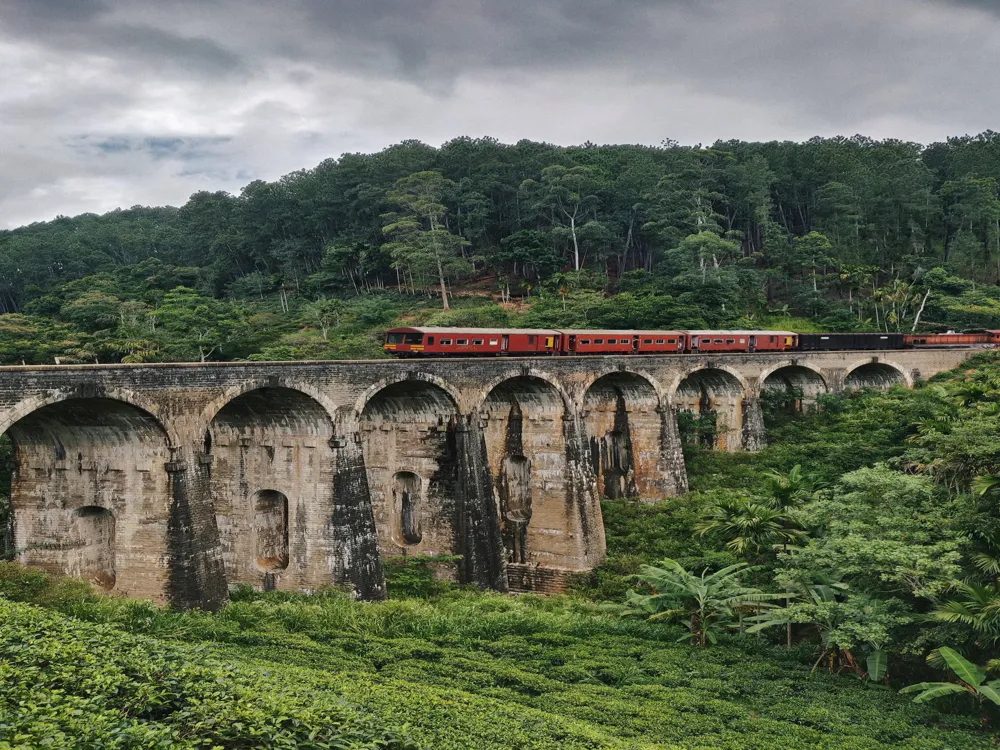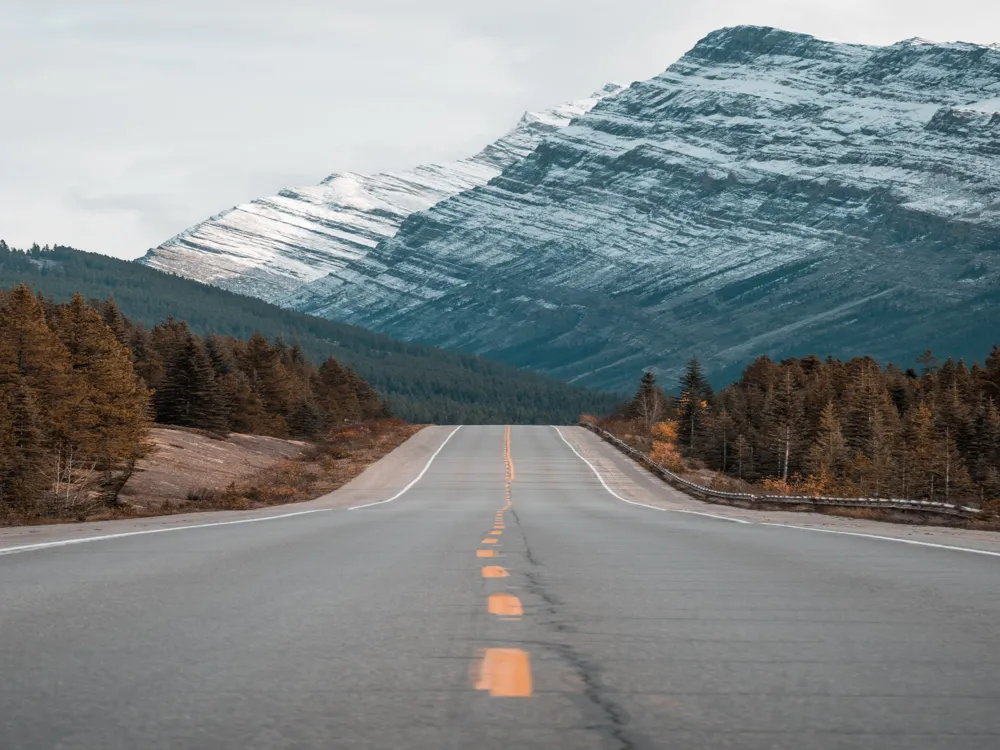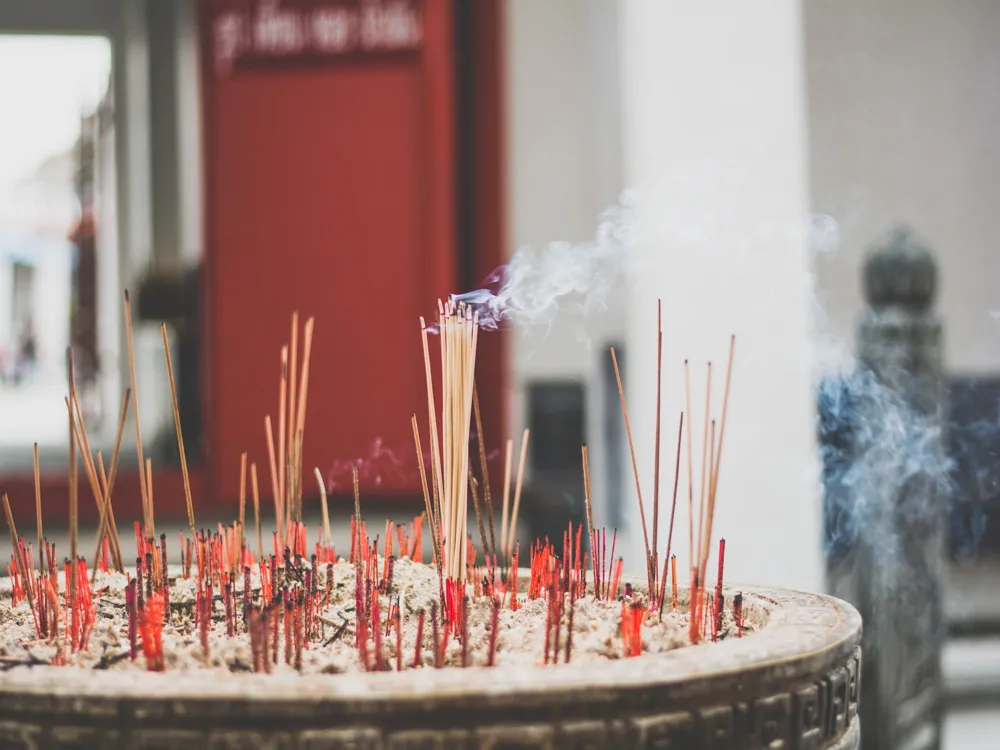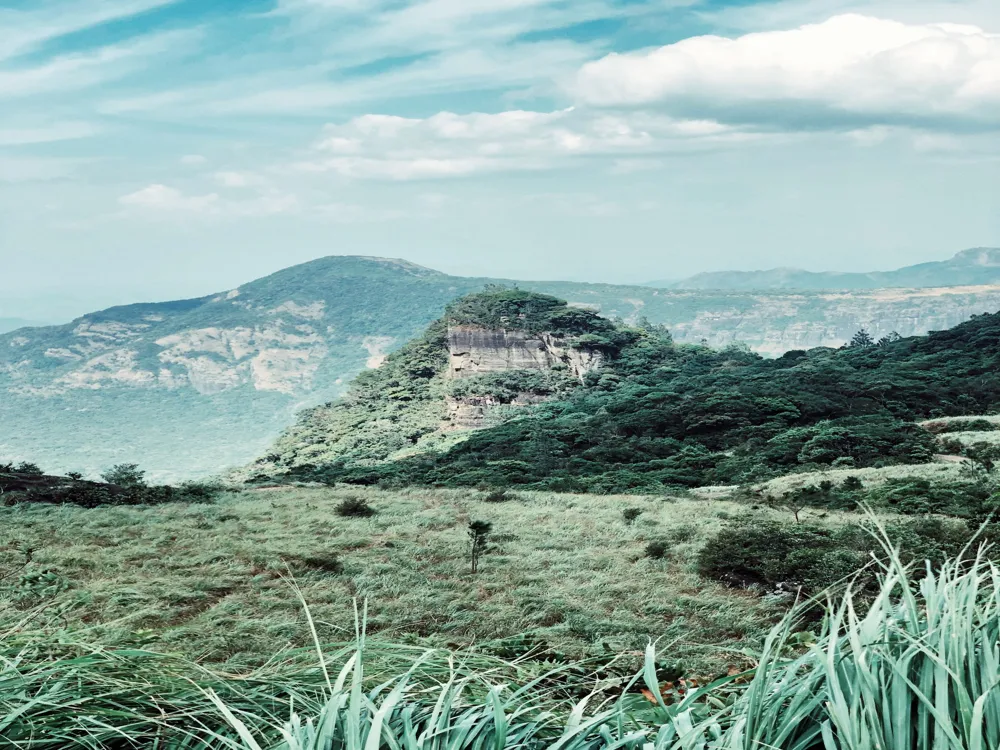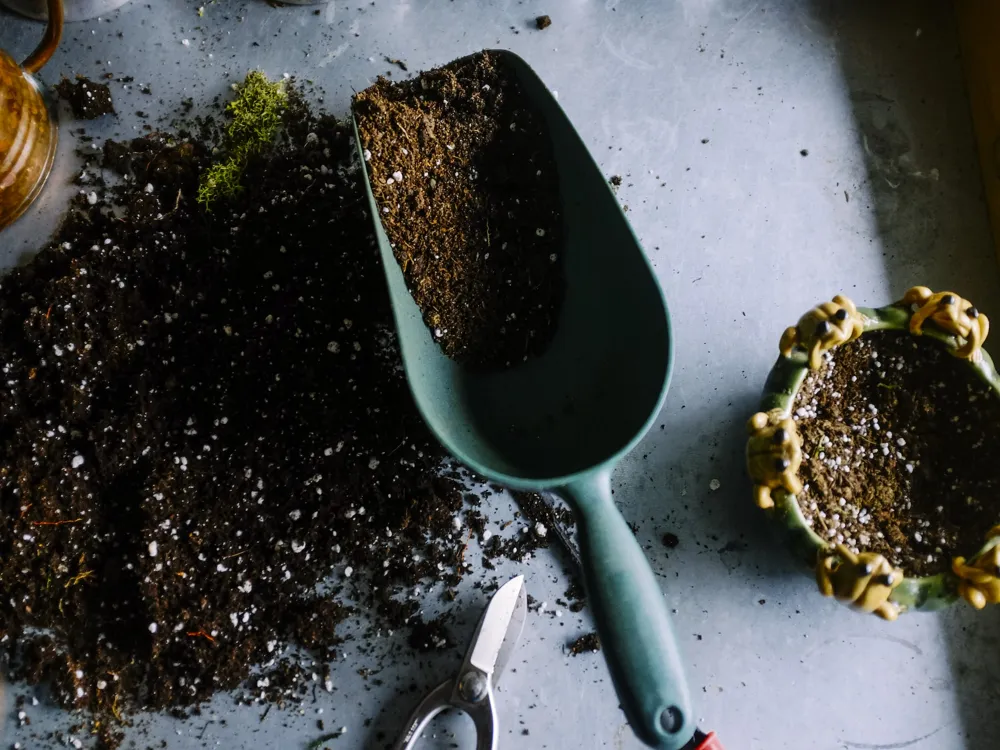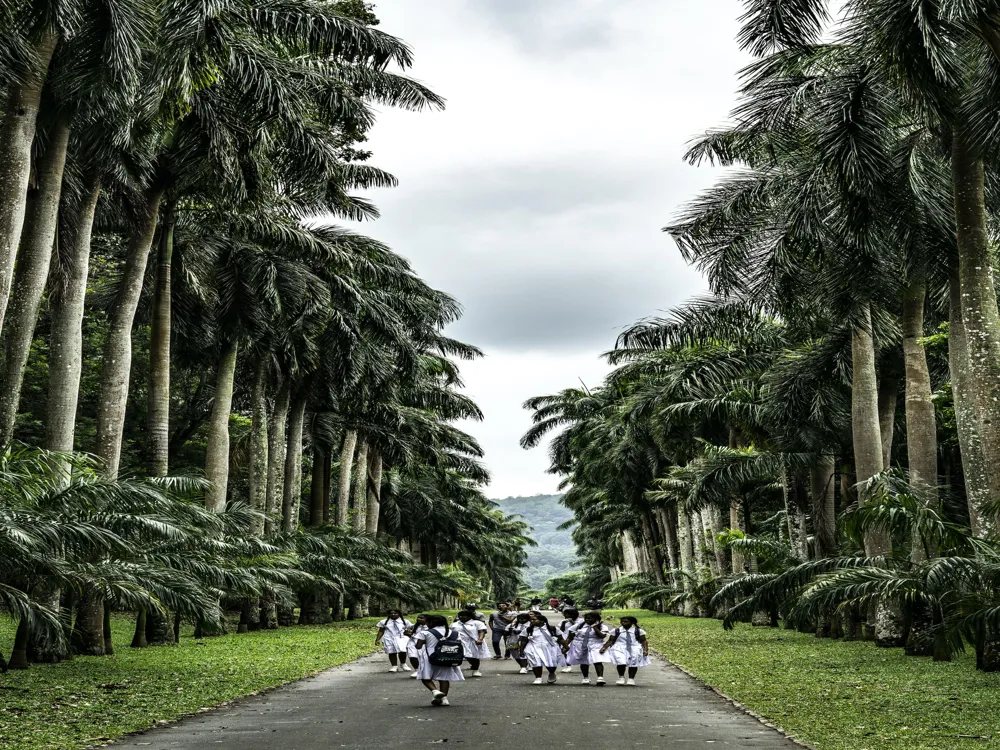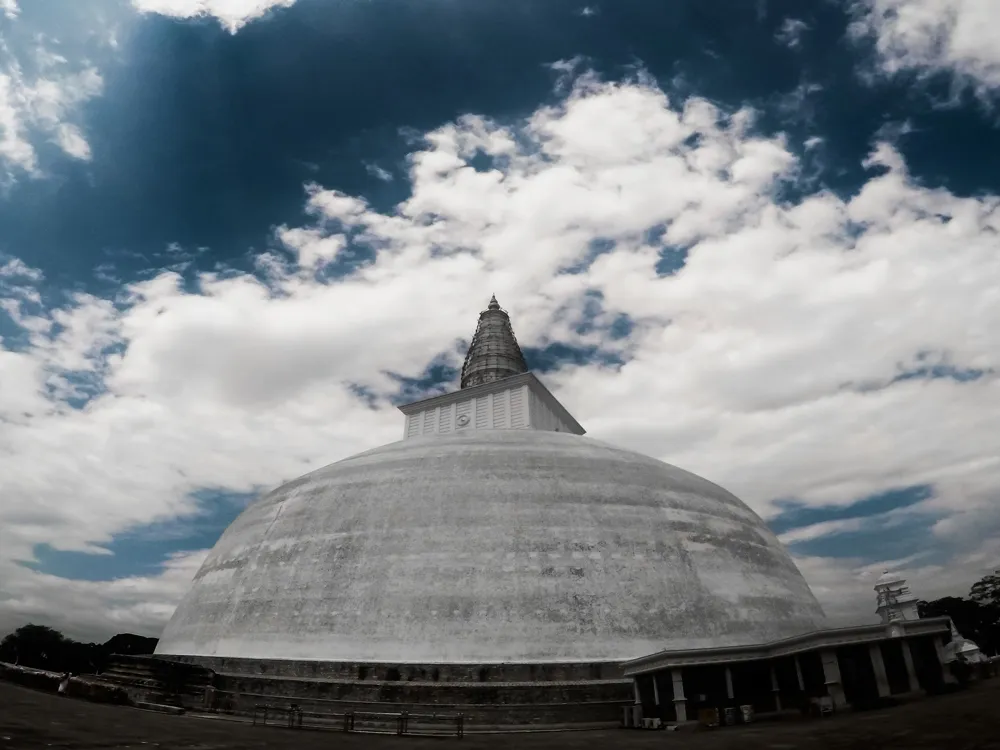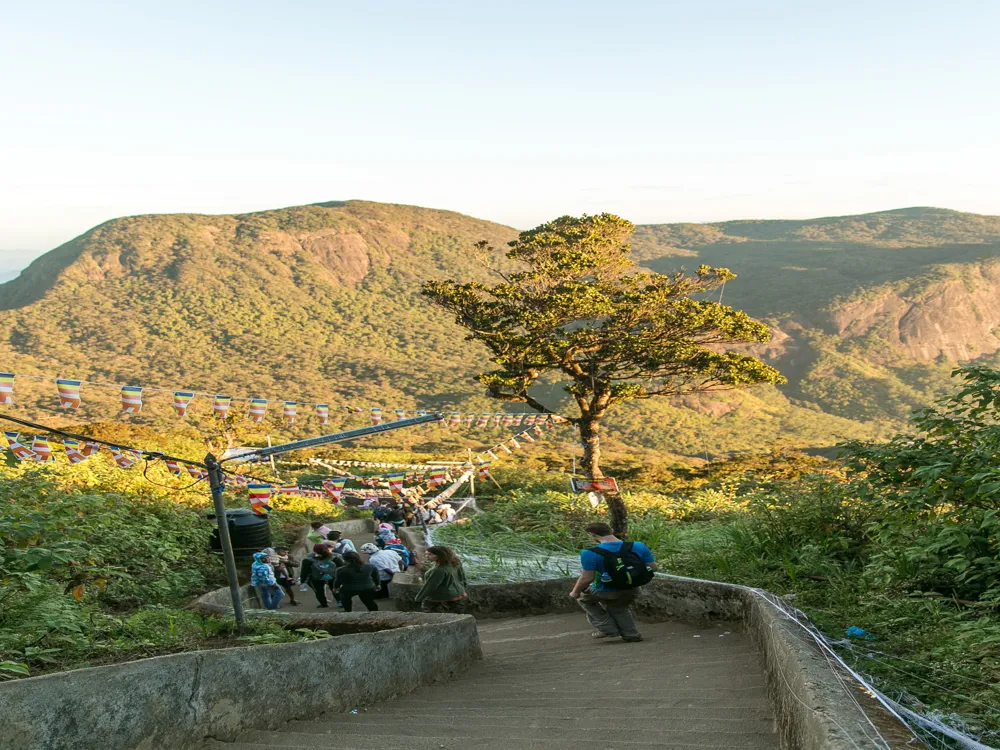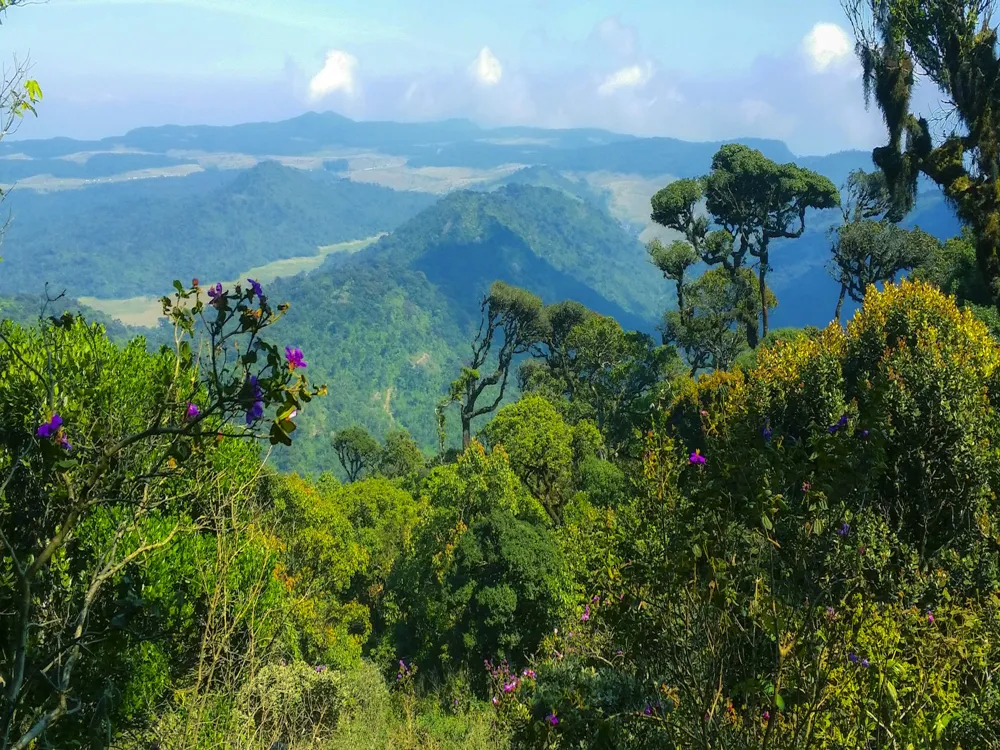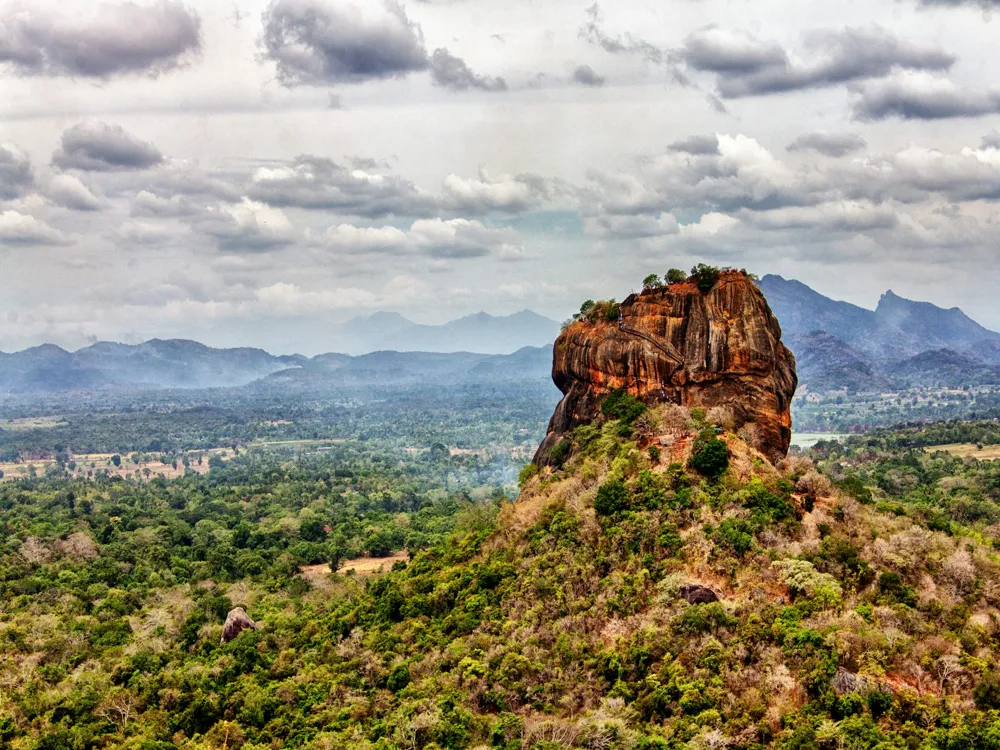Pitawala Pathana is a stunning expanse of grassland located in the Knuckles Mountain Range, Matale District, Sri Lanka. This unique natural plateau offers breathtaking views and a distinct eco-system, making it a must-visit for nature enthusiasts. The area, characterized by its flat terrain amid the hilly surroundings, spans approximately 10 hectares and stands as a testament to Sri Lanka's diverse natural beauty. The charm of Pitawala Pathana lies in its simplicity and untouched wilderness. The area is renowned for its rich biodiversity, including a variety of endemic flora and fauna. The grass-covered plains are interspersed with patches of Pygmy Forests – small areas of dwarf trees – adding to the diversity of the landscape. This unique habitat supports a range of wildlife, including rare butterflies, birds, and reptiles, making it an ideal spot for wildlife observation and photography. Geologically, Pitawala Pathana is a part of the Highland Complex of Sri Lanka, known for its ancient crystalline rocks. The soil is typically covered with a thin layer of organic material, supporting the growth of hardy grass species and small woody plants. The plateau's edge, known as 'Mini World's End,' offers a sheer drop and a panoramic view of the surrounding mountains and valleys, making it a popular spot for tourists and hikers. Historically, Pitawala Pathana holds significant value. It has been part of ancient pathways connecting different parts of the island. The plateau's strategic location made it a vantage point for ancient communities. The area's isolation and unique ecological characteristics have preserved its pristine condition, offering a glimpse into Sri Lanka's natural heritage. The ecology of Pitawala Pathana is marked by its unique grassland ecosystem. The area's flora is predominantly grass species, interspersed with rare herbs and small shrubs. The plateau is home to several endemic plant species, adapted to survive the area's dry conditions. The pygmy forest patches within the grassland are microhabitats that support a different set of species, adding layers to the ecological diversity. The fauna of Pitawala Pathana is equally fascinating. The grasslands are a habitat for many species of birds, both endemic and migratory. The plateau serves as a corridor for elephants, while smaller mammals like the Sri Lankan leopard occasionally traverse the area. The presence of rare and endemic butterflies adds a colorful dimension to the biodiversity here. The climate of Pitawala Pathana is characterized by a mix of wet and dry conditions. The area receives rainfall mainly from the North-East monsoon, leading to a lush green landscape during the rainy season. The dry season sees a transformation of the grasslands into a brownish hue, offering a different kind of beauty. The weather can be unpredictable, with mist and sudden showers being common, adding to the area's mystique. Pitawala Pathana's cultural and historical significance stems from its connection to ancient Sri Lankan civilizations. The plateau and its surroundings have been part of historical trade routes and strategic defense points. Local folklore and stories, passed down through generations, add a rich cultural layer to the area, making it not just a natural wonder but also a place of historical intrigue. The 'architecture' of Pitawala Pathana is not man-made but crafted by nature over millennia. The plateau's unique geological formation and the resulting landscape are the main architectural elements here. The flat terrain of the grassland, bordered by rugged mountains, creates a natural amphitheater-like setting. The striking contrast between the flat plateau and the surrounding mountains enhances its natural architectural beauty. The most prominent feature of Pitawala Pathana's natural architecture is the 'Mini World's End.' This precipice offers a dramatic view of the valley below, with a sheer drop that is both awe-inspiring and intimidating. The edge of the plateau forms a natural viewpoint, providing panoramic views of the surrounding landscape, including the terraced rice fields and distant mountain ranges. The Pygmy Forests, scattered across the grassland, are another architectural marvel of Pitawala Pathana. These dwarf forests, comprising stunted trees and shrubs, create a stark contrast against the expansive grasslands. They provide a unique microhabitat within the plateau, contributing to the ecological diversity and adding to the area's visual appeal. The geological structure of Pitawala Pathana is a result of its location within the Highland Complex. The ancient crystalline rocks, some of which are among the oldest in Sri Lanka, form the foundation of this natural plateau. These rocks are exposed in certain areas, revealing intricate patterns and formations, adding to the area's natural architectural elements. The geological features of Pitawala Pathana are significant in understanding its formation and structure. The plateau is primarily composed of metamorphic rocks, including quartzite and marble, which have been shaped by natural forces over time. The rock formations exhibit various colors and textures, providing insights into the area's geological history. The soil layer in Pitawala Pathana is generally thin, underlain by hard rock surfaces. This characteristic influences the type of vegetation that grows in the area. The rocky outcrops and boulders scattered across the plateau add to its rugged beauty and serve as natural landmarks within the landscape. The hydrology of Pitawala Pathana plays a crucial role in its ecology. The plateau has several natural springs and streams, which are the lifeline for the area's flora and fauna. These water sources create microhabitats, supporting a variety of aquatic and semi-aquatic species. The streams often form natural cascades, adding to the aesthetic appeal of the landscape. Conservation efforts in Pitawala Pathana are focused on preserving its unique ecosystem and natural beauty. The area is part of the Knuckles Conservation Forest, a designated World Heritage Site. Efforts are underway to manage human activities, such as hiking and tourism, to minimize their impact on the environment. Conservation programs also aim to protect the endemic species and maintain the ecological balance of the plateau. Visiting Pitawala Pathana is an unforgettable experience, but it requires some preparation and awareness. Here are some tips to ensure a safe and enjoyable visit: Before planning your visit, check the local weather forecast. The weather in Pitawala Pathana can be unpredictable, with sudden showers and mist. Dress appropriately and be prepared for changes in weather. Wear comfortable, weather-appropriate clothing. Hiking shoes are recommended, as the terrain can be uneven and slippery, especially after rain. A hat and sunglasses are advisable for sun protection. Carry enough water, snacks, and a basic first-aid kit. There are no shops in the immediate vicinity, so it's important to be self-sufficient. Remember to take all your trash back with you to preserve the area's natural beauty. Maintain a safe distance from wildlife and do not disturb the animals. Remember, you are a visitor in their habitat. Use binoculars for birdwatching and wildlife observation. For your safety and to protect the fragile ecosystem, stay on marked trails. Venturing off the path can be dangerous and cause damage to the environment. Pitawala Pathana is accessible from several major cities in Sri Lanka. The most common route is from Matale, which is well-connected by road. From Matale, you can take a bus or hire a taxi to reach Rattota, and from there, proceed to Riverstone. Pitawala Pathana is a short hike from the Riverstone area. The journey offers scenic views and a glimpse into the rural life of Sri Lanka. Another option is to approach from Kandy, which is approximately 40 kilometers away. The route from Kandy to Pitawala Pathana is scenic, passing through tea plantations and traditional villages. Whichever route you choose, the journey to Pitawala Pathana is an integral part of the experience, offering stunning landscapes and cultural insights.Overview of Pitawala Pathana, Matale
Ecology and Environment
Climate and Weather Patterns
Cultural and Historical Significance
Architecture of Pitawala Pathana
Geological Features
Hydrological Aspects
Conservation Efforts
Tips When Visiting Pitawala Pathana
Check Weather Conditions
Wear Suitable Clothing
Bring Necessary Supplies
Respect Wildlife
Stay on Marked Trails
How To Reach Pitawala Pathana
Pitawala Pathana
Matale
NaN onwards
View matale Packages
Weather :
Tags : Hills & Valleys
Timings : 24 Hours
Planning a Trip? Ask Your Question
Matale Travel Packages
View All Packages For Matale
Top Hotel Collections for Matale

Private Pool

Luxury Hotels

5-Star Hotels

Pet Friendly
Top Hotels Near Matale
Other Top Ranking Places In Matale
View All Places To Visit In matale
View matale Packages
Weather :
Tags : Hills & Valleys
Timings : 24 Hours
Planning a Trip? Ask Your Question
Matale Travel Packages
View All Packages For Matale
Top Hotel Collections for Matale

Private Pool

Luxury Hotels

5-Star Hotels

Pet Friendly







